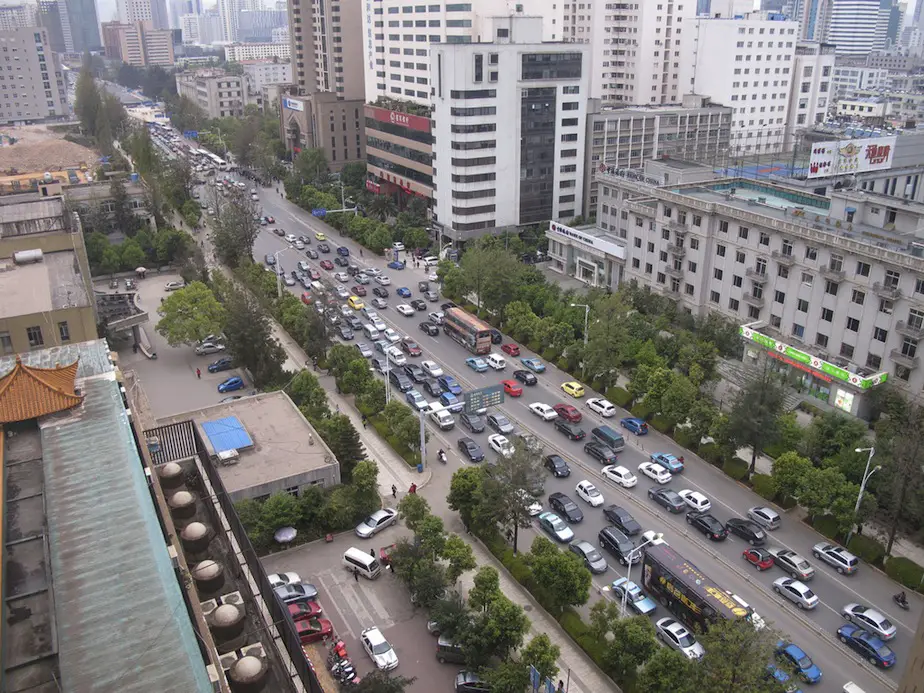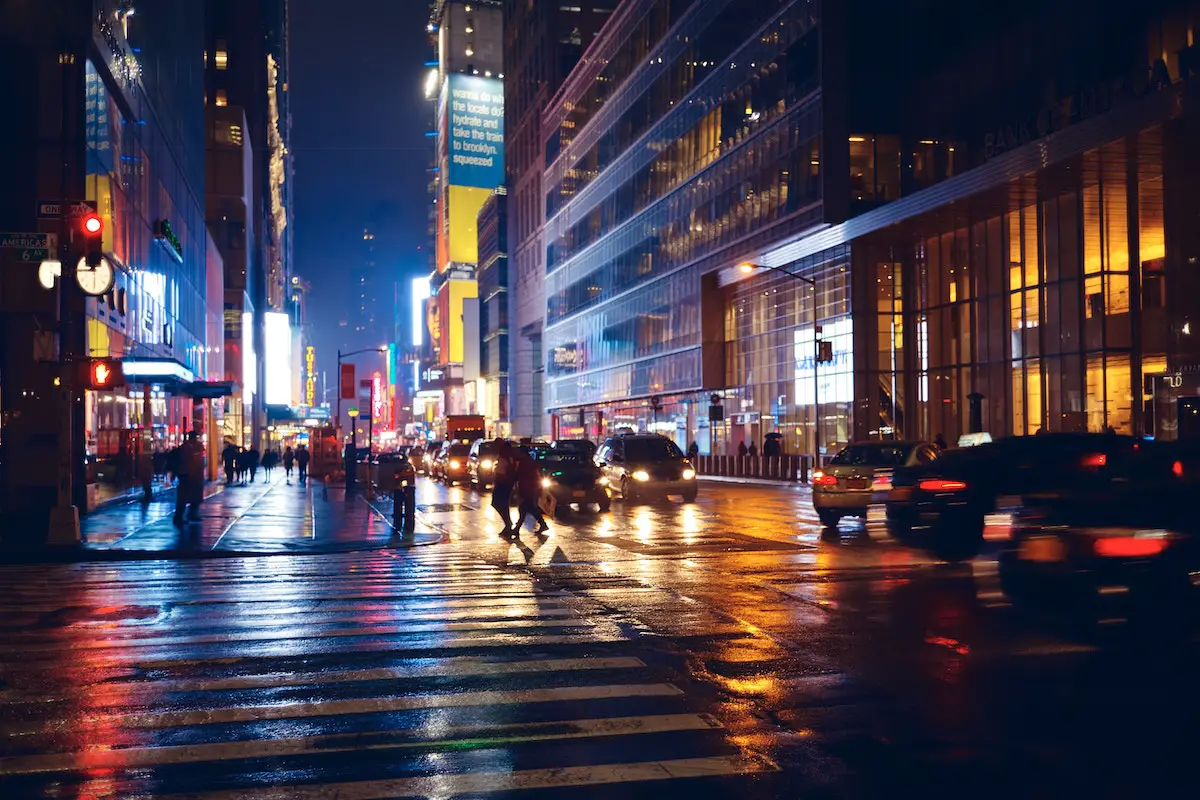Last year, IBM announced its Commuter Pain Index. Only Beijing tied Mexico City as the city where commuters suffer the most. Both cities got 99 out of 100 pain points. The index comprises several issues, including commuting time, time in traffic, worsening of traffic, stress, anger, and how traffic affects decisions to leave home. So, what is it that makes commuters suffer so much in Mexico City?
Well, Mexico City is the third biggest metropolitan area in the world, only after Tokyo and Seoul. It has a population of over 20 million citizens concentrated in the city and two surrounding states. The sheer number of inhabitants represents a problem because even though 70 per cent of trips are made on public transportation, 6.2 million trips are still made by car every day. The size of the city is also an issue: It spans 7,346 square kilometers with a density of 2,784 people per square kilometer. That means it’s much less dense than other metropolitan areas that big, which increases the distances and times travelled.
Population and size already make congestion in Mexico City bad enough. However, the city government is downright encouraging car use with its most prominent policies, instead of making conditions less convenient for cars so their use decreases. Car ownership in the city has increased in the last ten years, from 38 per cent of homes owning cars in 2000 to 46 per cent in 2010. Still, the city is repealing the car ownership tax, which, apart from discouraging the sale of cars, funds public transportation.
The city government is also undertaking construction of urban highways. This, instead of reducing congestion, will only encourage more people to drive. It will actually worsen congestion because the new highways will also eventually get crowded. There is also an effort to build more parking spaces in the city, which will make car use easier by providing accessible places to park.
There are some positive actions being taken too, like the growth of the BRT network, but overall the city government is very resistant to halting congestion through its policies. This just makes the administration look almost schizophrenic by encouraging car use in some areas of the city but discouraging it in others.
Photo: DerekA


